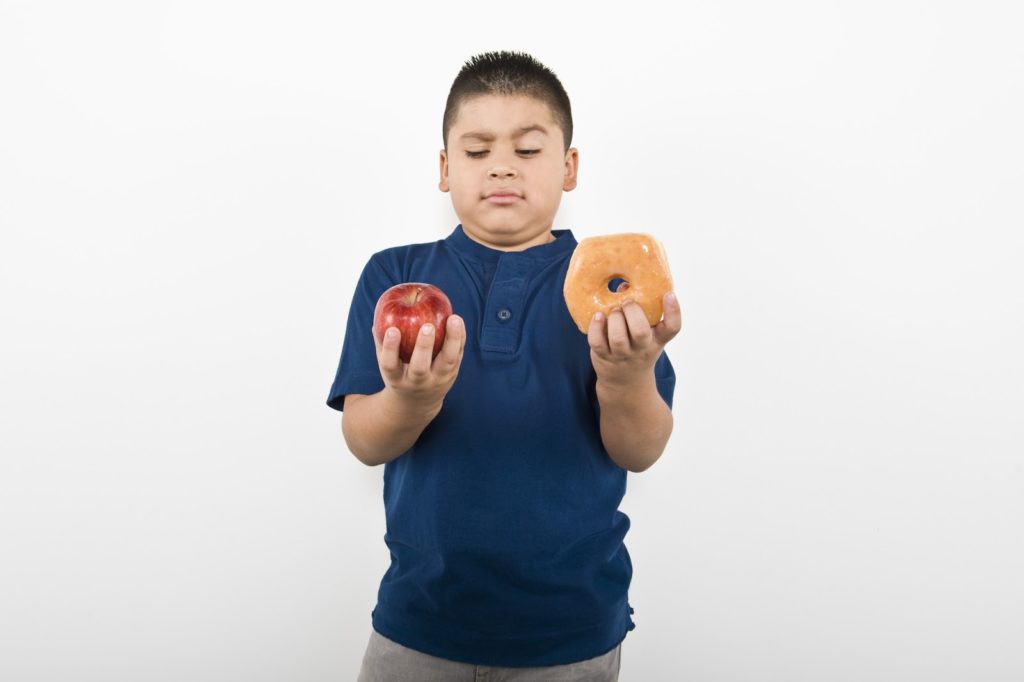Childhood obesity is on the rise in the United States and parents are struggling to find a solution.
As a parent, you only want the best for your child, especially in regards to their health.
Childhood obesity has many health concerns, like diabetes, high blood pressure, and high cholesterol. Additionally, it can also lead to psychological effects like depression and low self-esteem.
Trying to change your child’s lifestyle will nearly almost fail, to truly help your child you must address the issue as a family.
Here is how you can treat childhood obesity as a family.
Childhood Obesity Risk Factors
Childhood obesity is not just the result of one or two things. Genetics, behavior, community, and more can impact childhood obesity. Here are some of the top risk factors:
- Eating high-calorie, low-nutrient foods, and drinks.
- Sleep routines.
- Lack of physical activity.
- Sedentary activities.
- Family. Children who come from a family with overweight people are more likely to put on weight.
- Stress.
- Some medications.
Childhood Obesity is a Family Challenge
The first mistake that many parents unintentionally make is to view childhood obesity as just their child’s issue. According to the Mayo Clinic, “one of the best strategies to reduce childhood obesity is to improve the eating and exercise habits of your entire family.”
See childhood obesity as something your whole family can work on. Eating healthier and exercising more isn’t just for the child struggling with obesity! Your goal should be to create a healthy environment for your entire family, and this, in turn, will help your child struggling with obesity.
Tips for Preventing and Treating Childhood Obesity
- Create good sleep habits. Getting enough sleep is crucial for all aspects of health including weight.
- Use non-food rewards. Rather than giving your child candy or sweets for good behavior, try a non-food reward like a small toy or a trip to their favorite park.
- Offer new foods several times. Children may not like new foods at first. Do not force a picky eater to eat it, but offer the food several times and make a family rule to try one bite of everything.
- Replace junk food with healthy snacks. Keep chips, candy, soda, etc out of the house. Without access, kids won’t eat it. Instead, opt for healthy snack options like air-popped popcorn (no heavy butter or salt), fruit, low-fat yogurt, carrots with dip, whole-grain cereal, whole-grain toast with peanut butter.
- Get active together. Make physical activity part of your family routine. Whether it’s playing sports in the yard, taking a family walk, hiking, biking, or anything in between, get active together!
When you address childhood obesity as a family issue, you can create a healthy environment that helps everyone.








